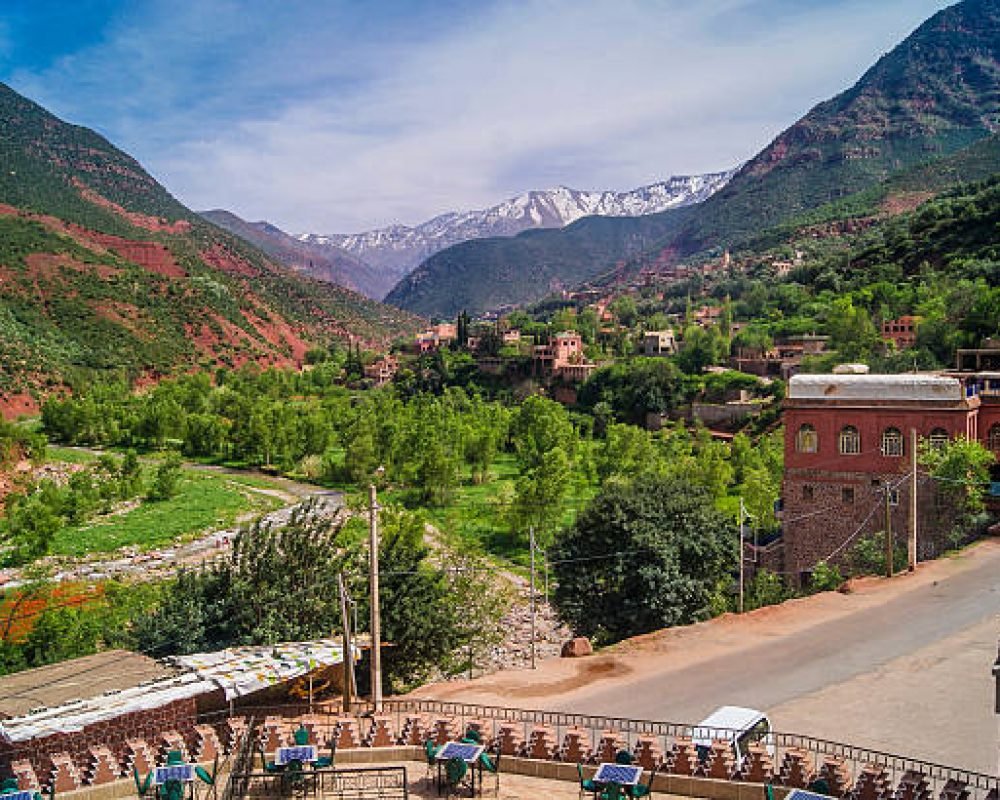
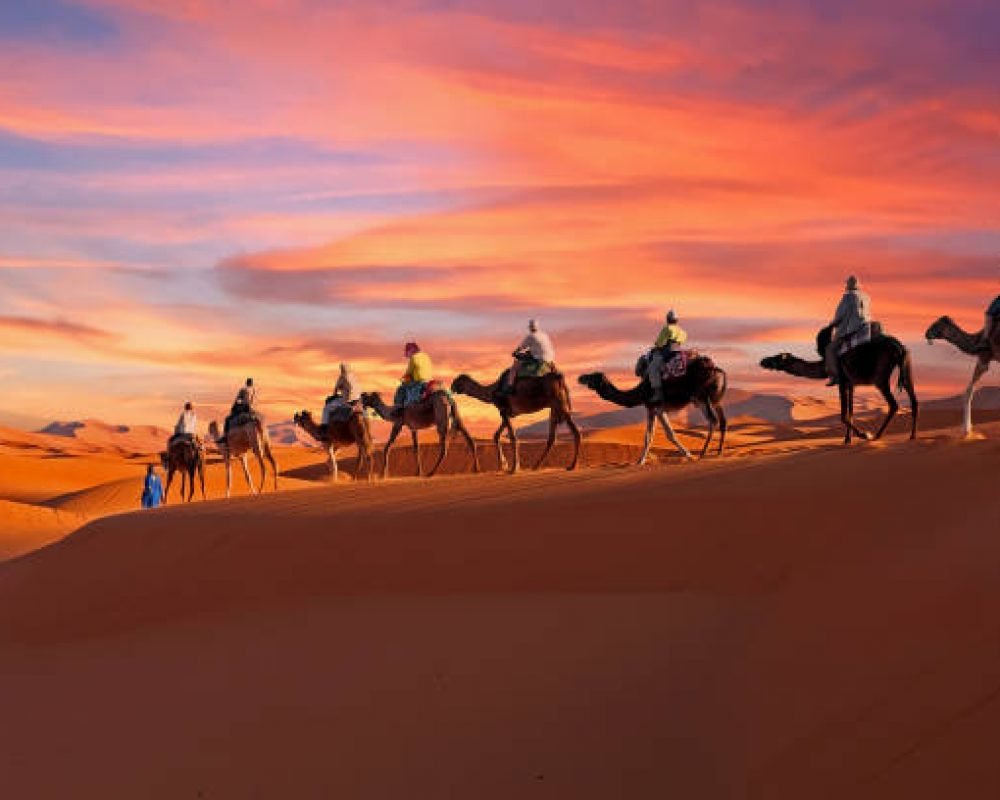
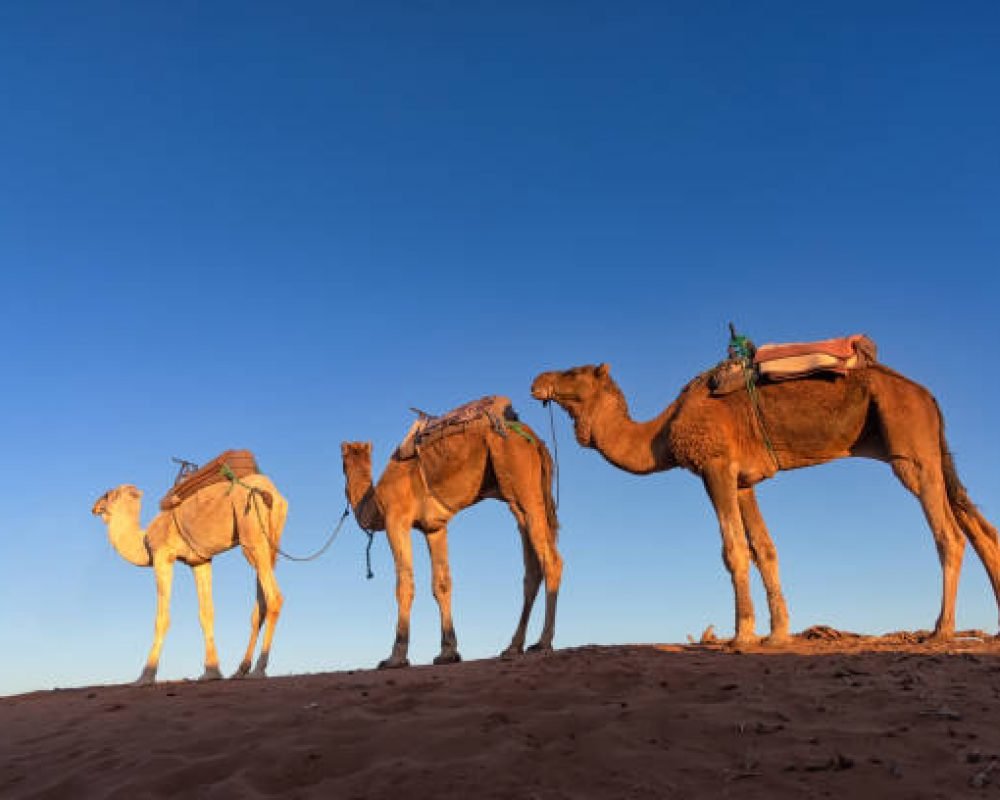
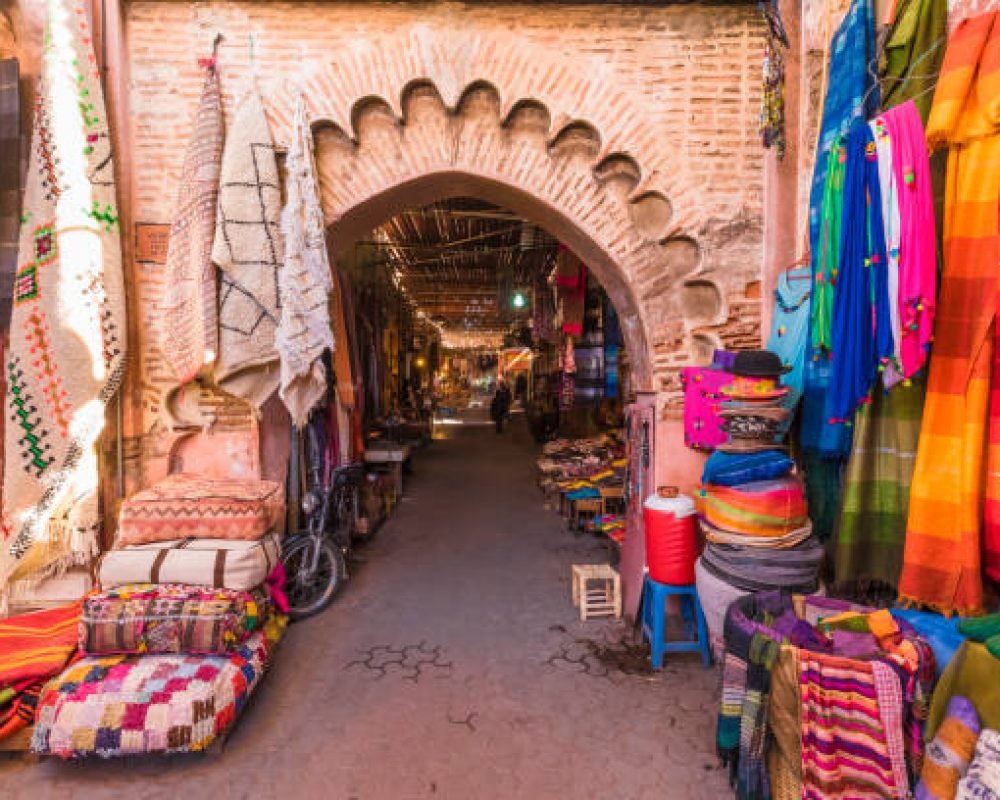
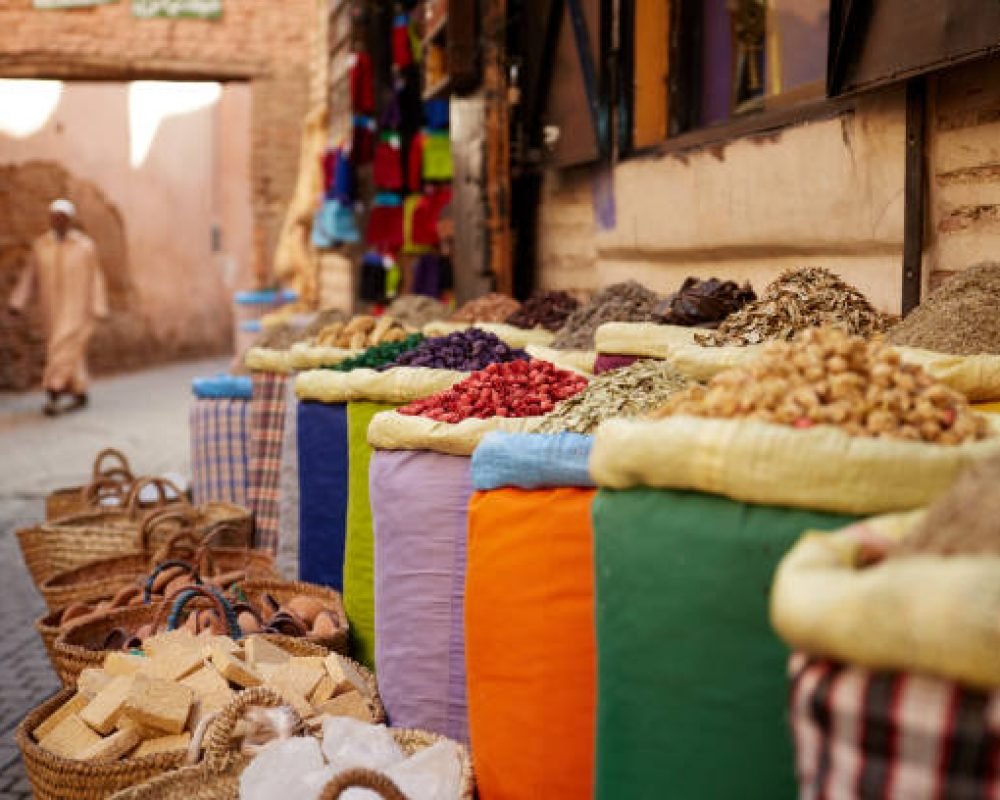
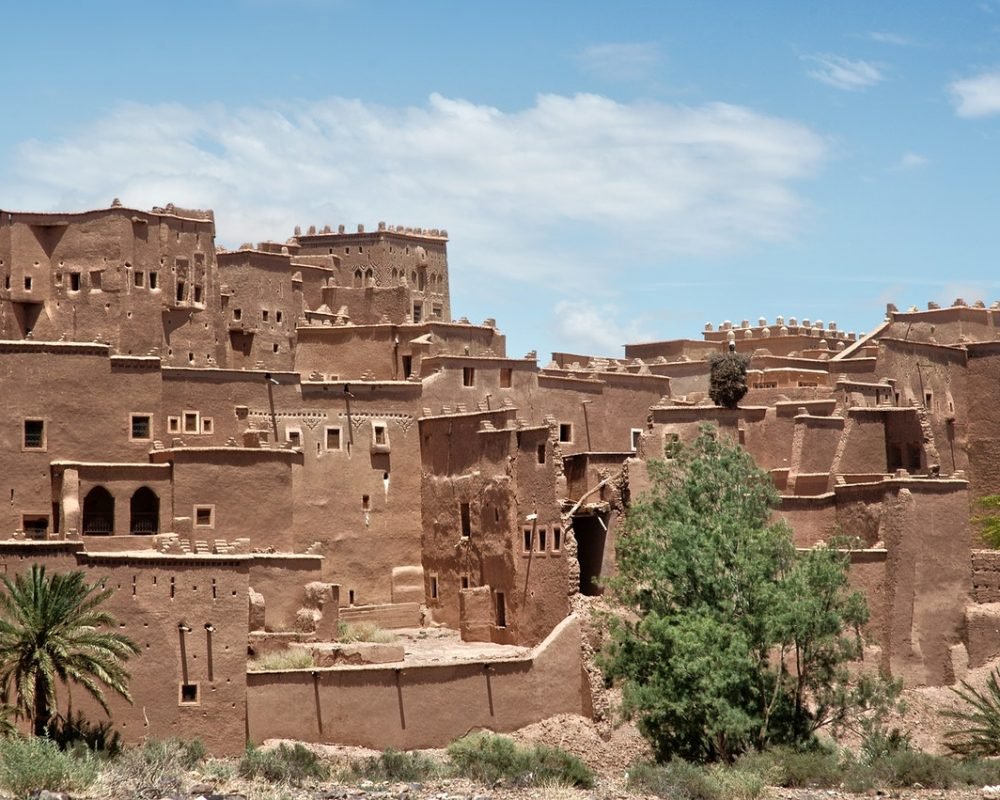
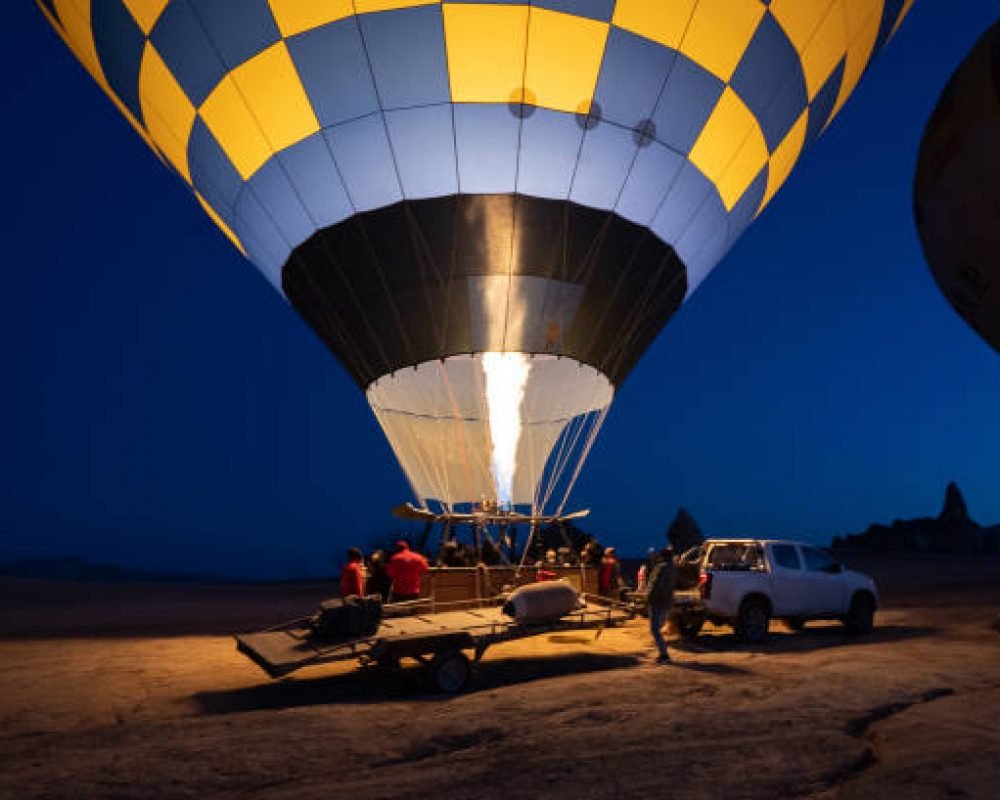
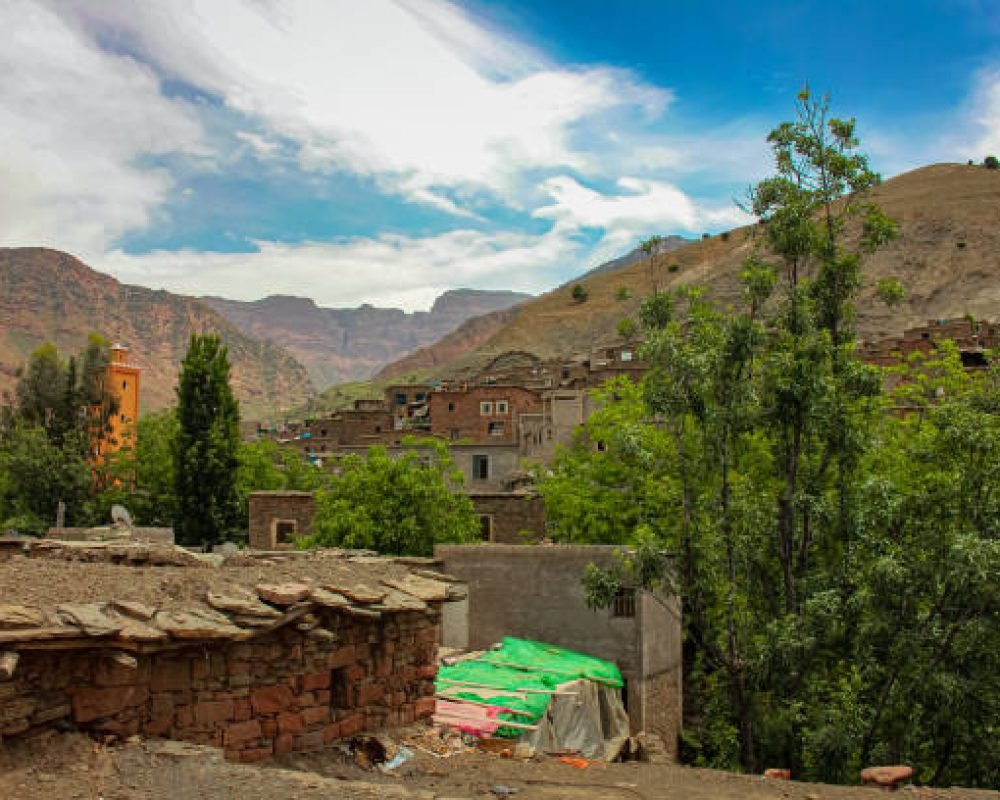
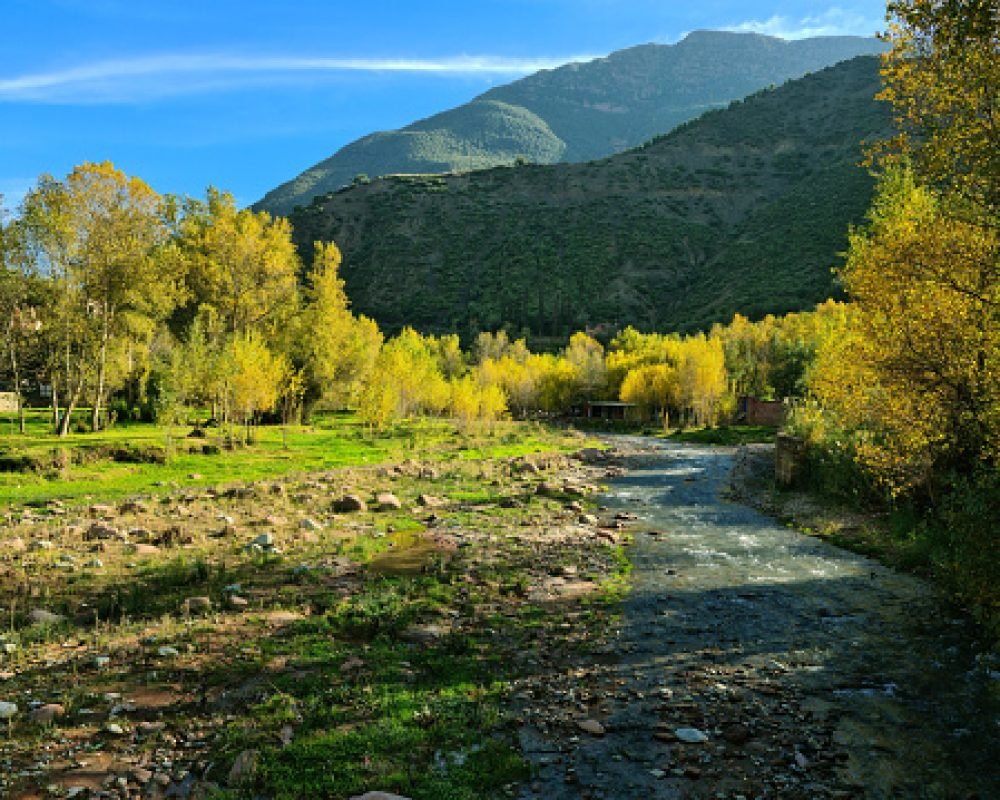
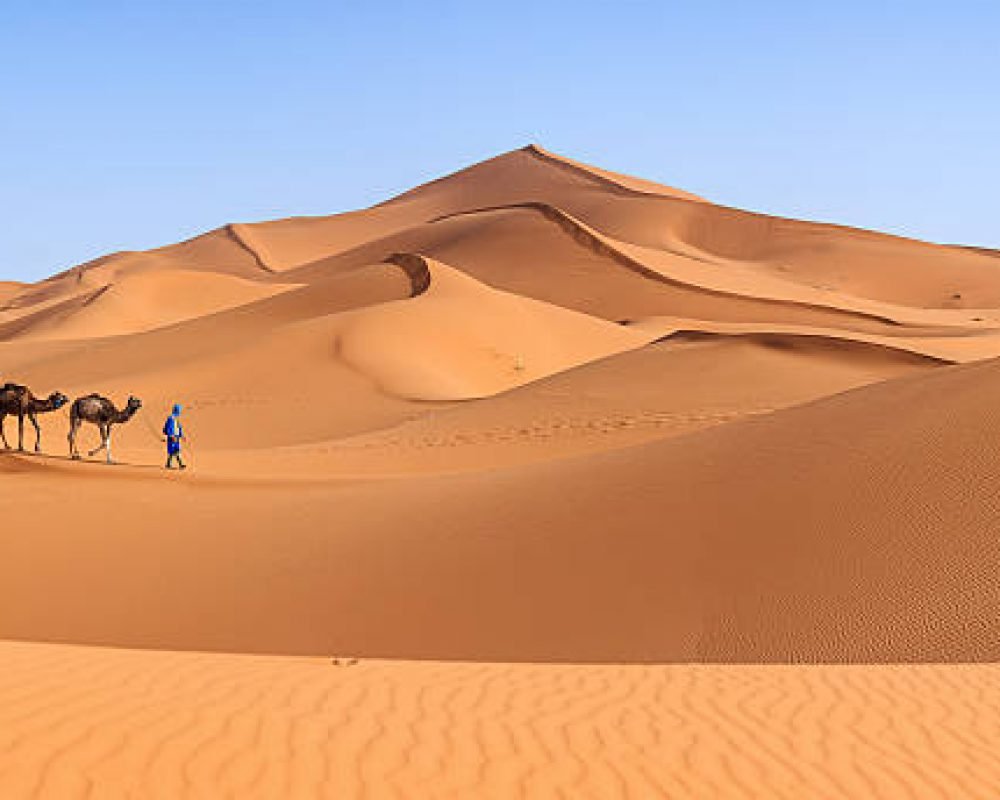
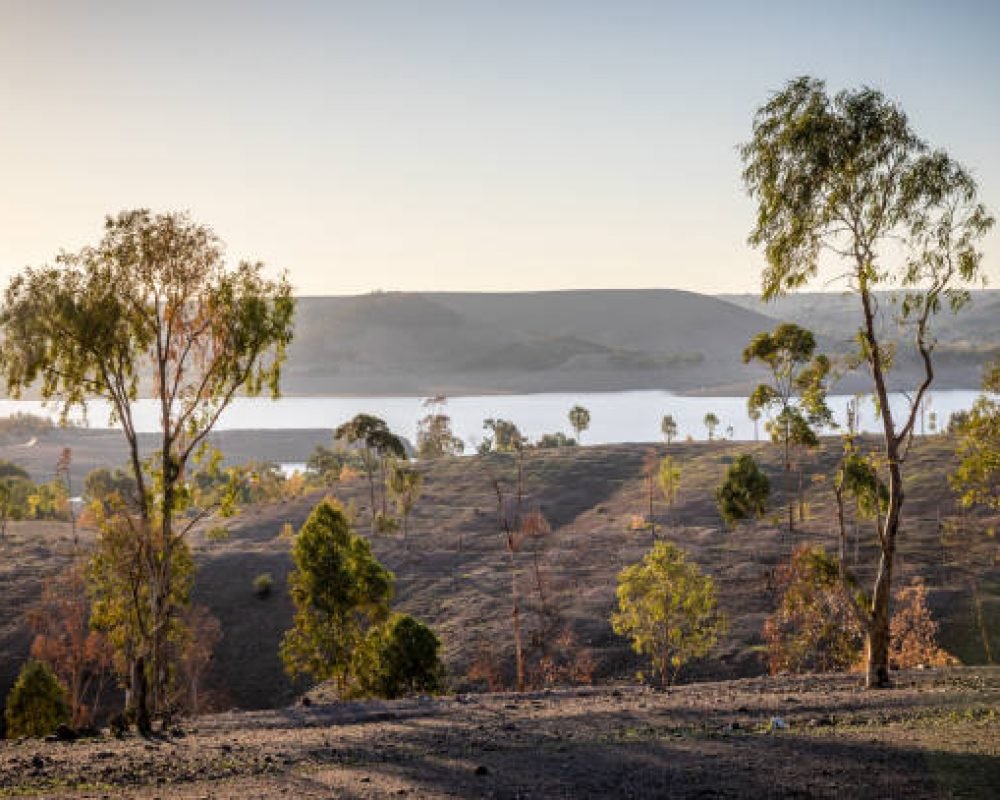
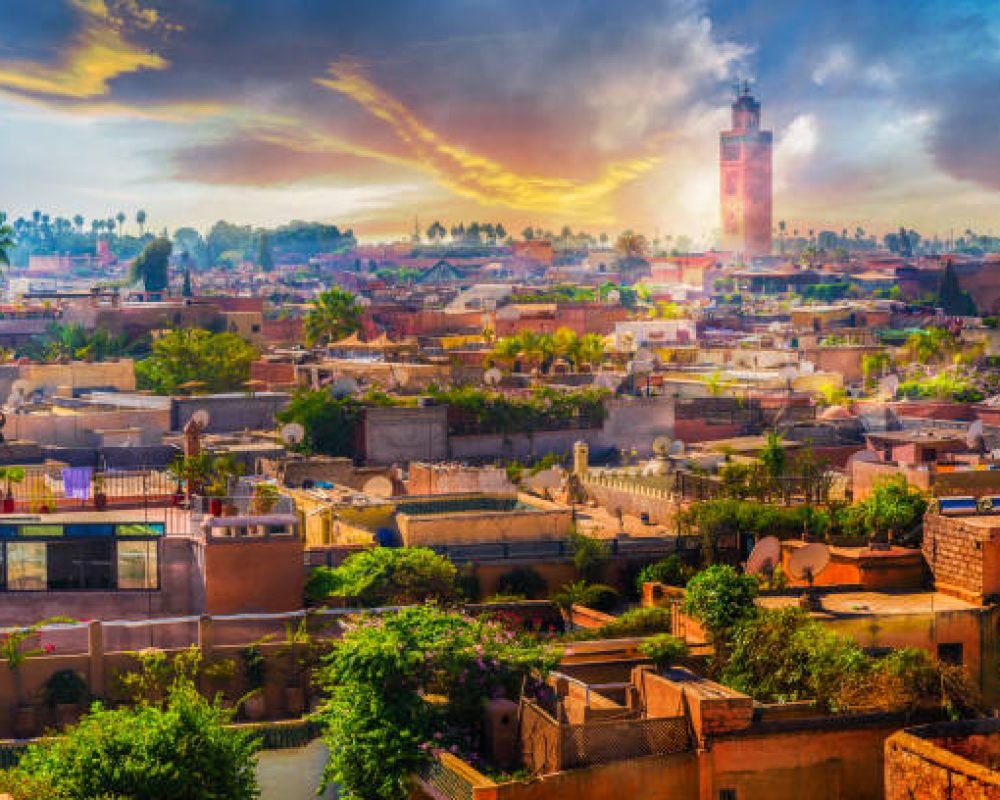
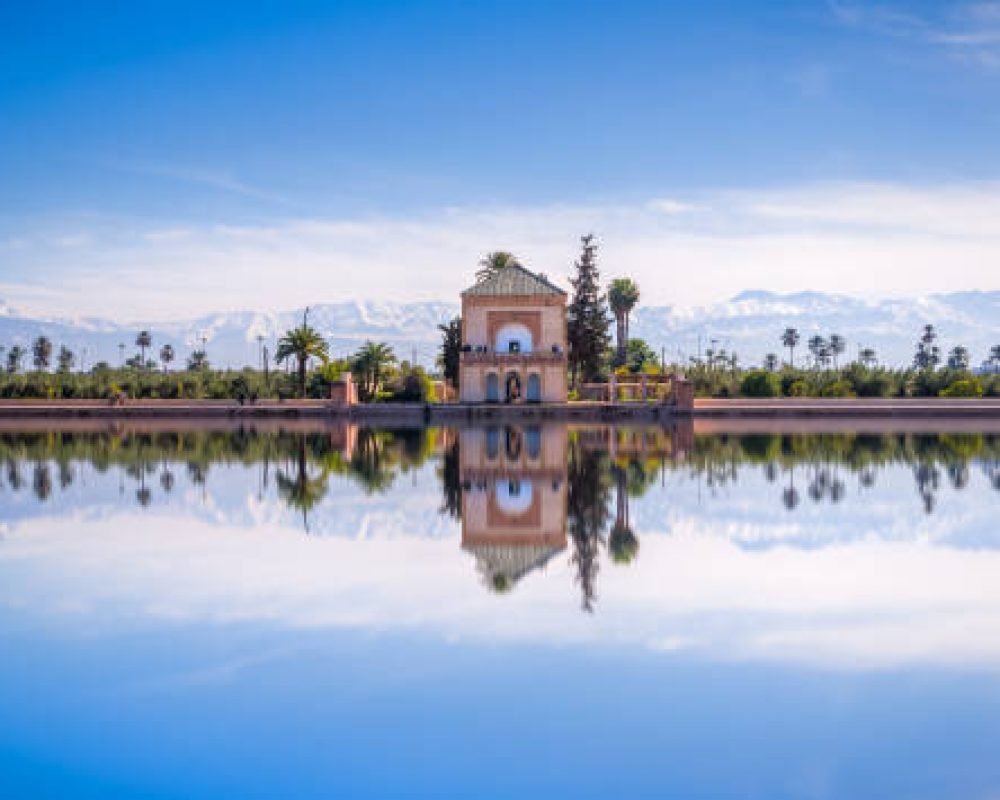
Things About Marrakech
History of Marrakech:
Marrakech boasts a rich historical tapestry, shaped by the influence of various dynasties over the centuries. Established in 1062 by the Almoravids, it flourished as the capital of their empire. Subsequently, it witnessed the rule of other significant powers such as the Almohad Caliphate and the Marinids, each imprinting its legacy on the city. Throughout Moroccan history, Marrakech vied with Fez for prominence, often serving as the southern capital while Fez represented the north.
Weather in Marrakech and Best Time to Visit:
Situated inland in the southwest of Morocco, Marrakech experiences warm temperatures year-round, with summers sometimes surpassing 37°C. The optimal times to visit are during fall and spring when the weather is milder. Winters offer comfortably warm days but chilly nights, while summers can be extremely hot, reaching up to 45°C. Visitors are advised to dress in layers for cooler evenings and to avoid the scorching midday sun during summer months.
Getting Around Marrakech:
While exploring Marrakech, walking remains the primary mode of transportation, especially within the bustling medina. However, the city offers various other means of travel:
- Local buses operated by ALSA, though crowded, provide urban transportation.
- Tourist buses offer a convenient way to explore different neighborhoods and attractions.
- Taxis, both small and large, are plentiful. Ensure the meter is used, and negotiate fares if necessary.
- Caleches, horse-drawn carriages, offer a charming and leisurely tour of the city, particularly around its historic walls.
Safety in Marrakech:
Marrakech is generally considered safe for tourists, with low rates of violent crime. However, as with any destination, travelers should remain vigilant and take precautions against petty theft. It is advisable to keep valuables secured and be aware of one’s surroundings, especially in crowded areas like the medina. Using slash-resistant bags and money belts can provide additional security.
Cuisine in Marrakech:
Moroccan cuisine is celebrated for its vibrant flavors and diverse influences, including Berber, Arab, Jewish, and Andalusian traditions. While exploring Marrakech, visitors can savor a variety of local specialties:
- B’stilla: A savory pastry filled with meat and sweet spices.
- Briouats: Triangular pastries stuffed with savory or sweet fillings.
- Harira: A hearty soup made with lentils and chickpeas, often enjoyed during Ramadan.
- Mint tea: A refreshing beverage infused with mint leaves and green tea.
- Khobz: Traditional Moroccan bread, ideal for dipping.
- Tangia: A slow-cooked dish of lamb and preserved lemon, a Marrakech specialty.
Tips for Healthy Eating:
- Exercise caution when dining at food stalls in Djem al Fna, prioritizing stalls frequented by locals.
- Quality may vary at establishments with English menus, so opt for freshly prepared dishes.
- Choose foods that are grilled or fried on the spot, and inspect the cleanliness of cooking oil.
- Be cautious with seafood due to Marrakech’s landlocked location, ensuring its freshness and origin.
By incorporating these detailed insights into the history, weather, transportation, safety, and cuisine of Marrakech, travelers can embark on a memorable and enriching journey through this captivating Moroccan city.
When traveling to Marrakech, here are some tips regarding the airport and transportation:
Arrival at Marrakech Menara Airport:
- Marrakech Menara Airport (RAK) is the main international gateway to Marrakech and serves numerous airlines from various destinations.
- Upon arrival, you’ll go through immigration, baggage claim, and customs.
Transportation from the Airport:
- Taxis: Official taxis are available outside the terminal. Make sure to use the official taxi stand to avoid scams. Negotiate the fare before getting into the taxi or ensure they use the meter.
- Airport Shuttle: Some hotels offer shuttle services from the airport. It’s advisable to check with your hotel in advance.
- Car Rental: Several car rental companies have desks at the airport if you prefer driving yourself.
Getting Around in Marrakech:
- Medina Exploration: The medina, with its narrow alleys, is best explored on foot. Wear comfortable shoes and be prepared for some walking.
- Taxis: Small taxis are abundant in Marrakech and can be hailed from the street. Negotiate the fare beforehand or make sure they use the meter.
- Caleches (Horse-Drawn Carriages): For a more traditional experience, you can hire a caleche to take you around the city, especially useful for sightseeing tours.
Navigating the Medina:
- The medina is a maze of narrow streets, so it’s easy to get lost. Consider getting a local SIM card with data or downloading offline maps to navigate.
- Landmarks like the Koutoubia Mosque or Jemaa el-Fnaa square can serve as orientation points.
Safety Tips:
- Keep your belongings secure, especially in crowded areas like the medina or tourist attractions.
- Be cautious of scams and touts offering tours or goods. Always negotiate prices beforehand.
- Respect local customs and dress modestly, especially when visiting religious sites.
Language:
- Arabic and French are widely spoken in Marrakech. English is also spoken in tourist areas, but it’s helpful to learn a few basic phrases in Arabic or French.
Currency Exchange:
- It’s advisable to exchange currency at official exchange offices or banks. Avoid exchanging money with unauthorized street vendors to prevent counterfeit currency scams.
Timing:
- Marrakech can get extremely hot in the summer months, so plan your activities accordingly. Winters are mild but can get chilly at night.
By following these tips, you can navigate Marrakech and its airport smoothly, ensuring a pleasant and hassle-free experience during your visit.